A Tale of Two Cities: Chicago and New York – Part 2 Of 2
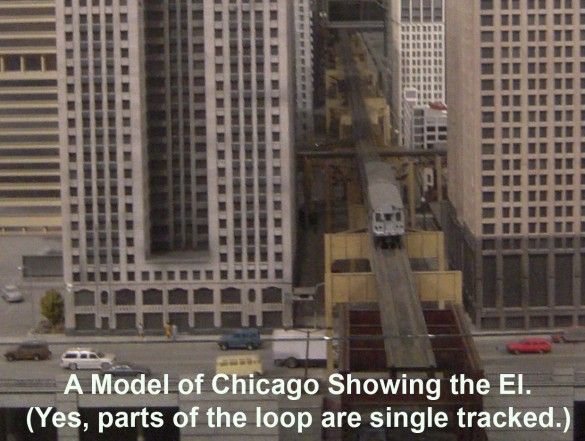
THE COMMUTE: My First Bus Ride
After spending 45 minutes exiting Chicago O’Hare International Airport, since there were no clear airport exit signs, I finally arrived at the PACE bus stop to get to Evanston. I could have taken the train, but that would have meant a long, indirect trip through downtown. I got lost a few times, mistakenly following signs to ground transportation rather than to Airport Transit (the airport’s internal rail line), which accessed PACE buses.
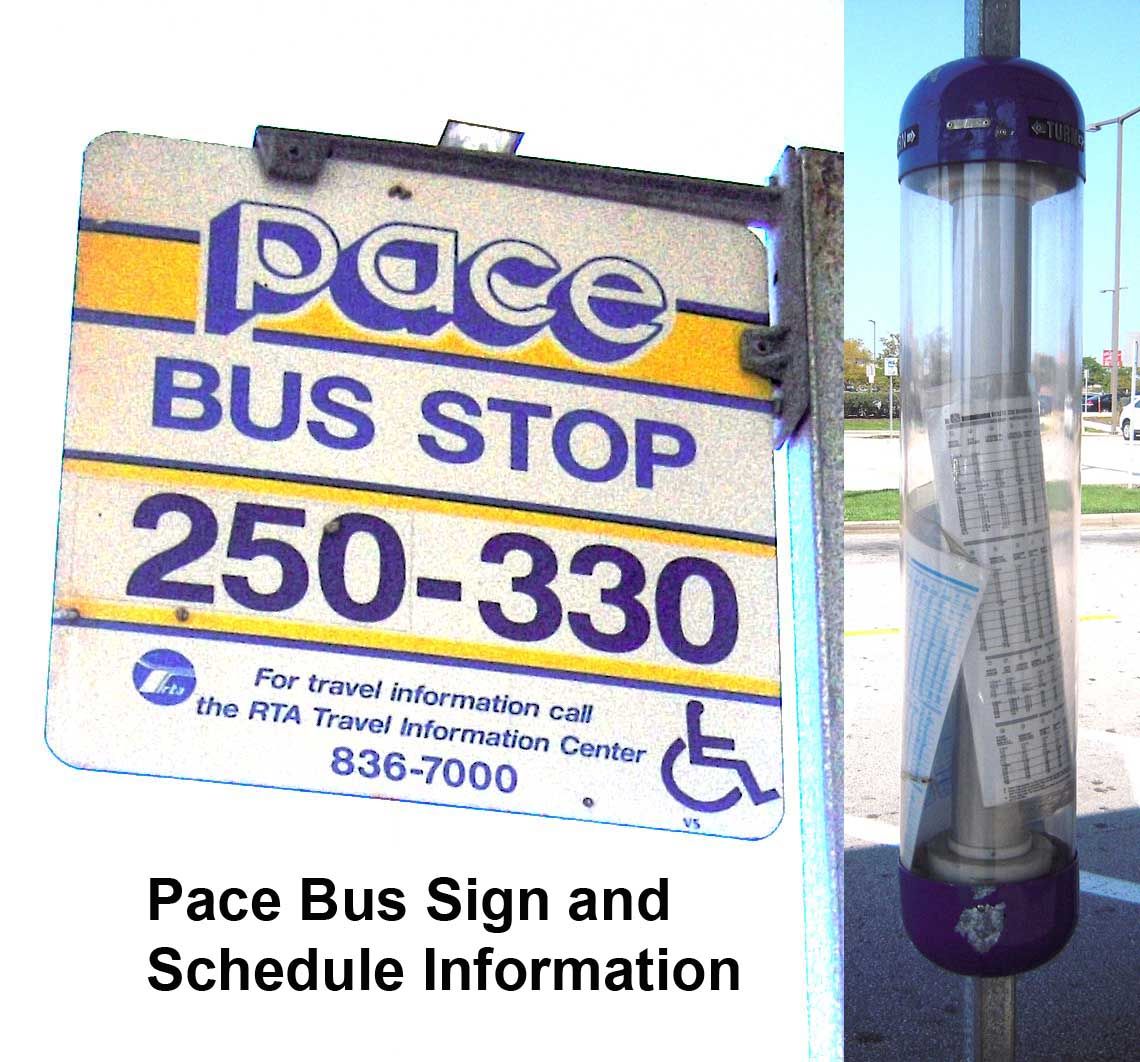
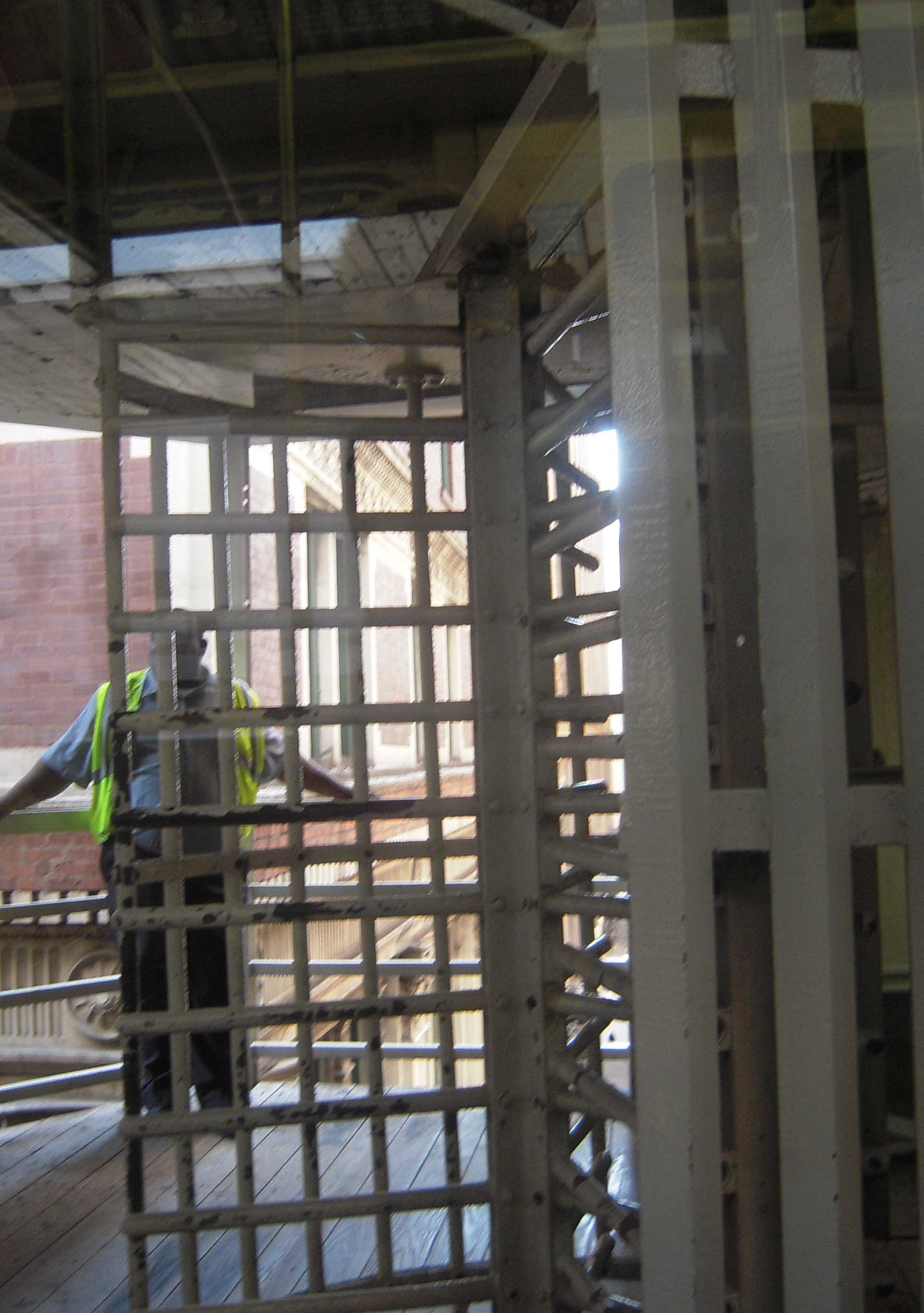
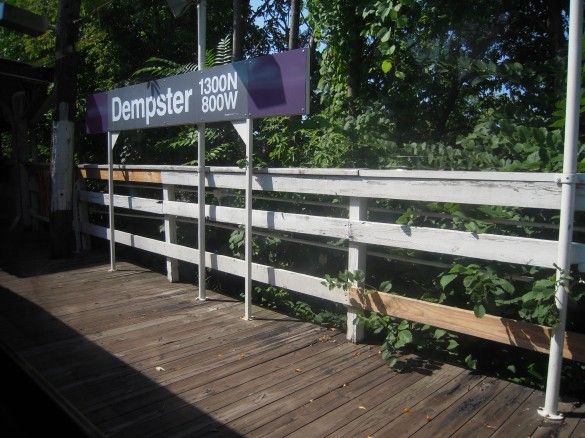
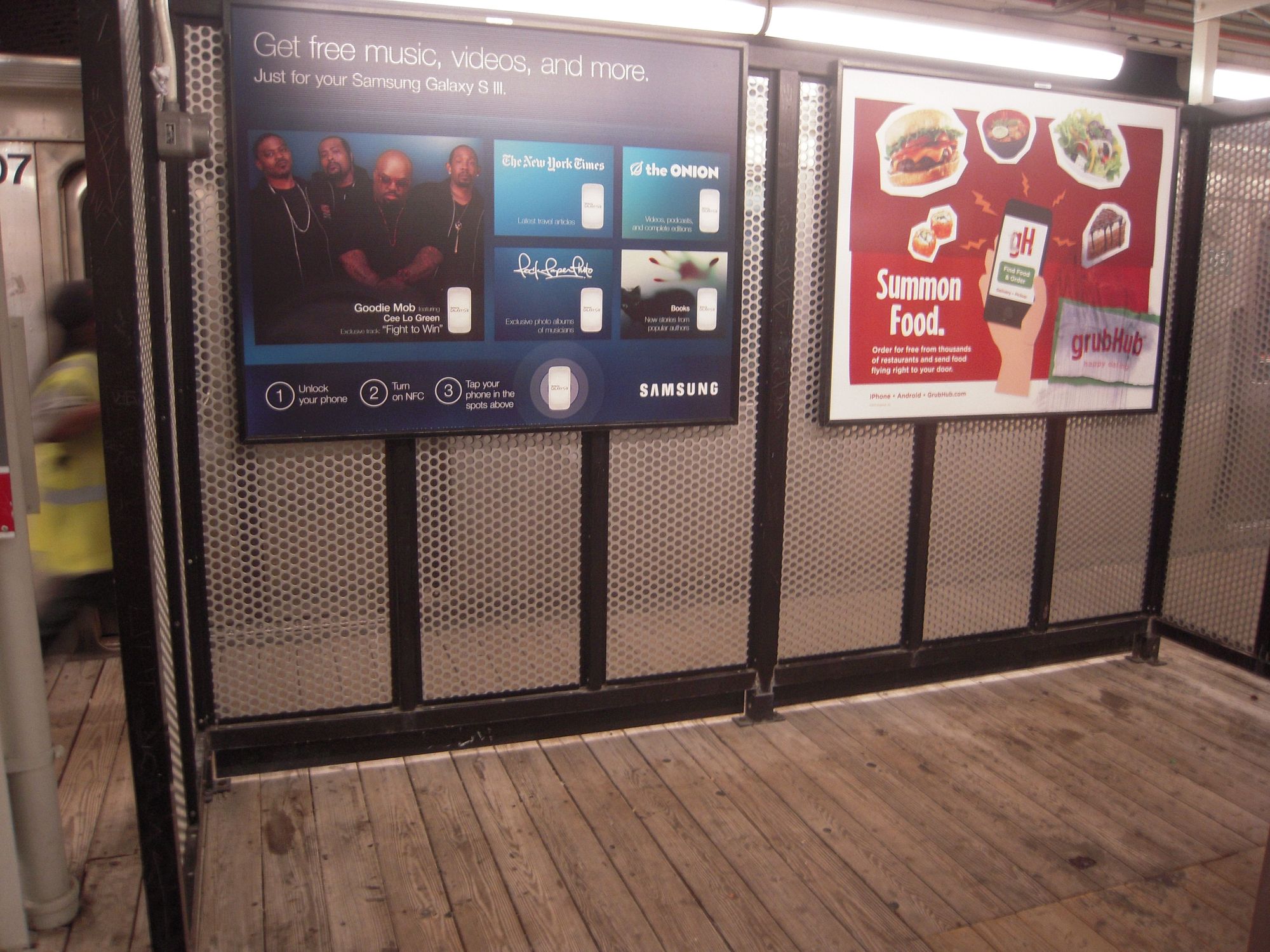
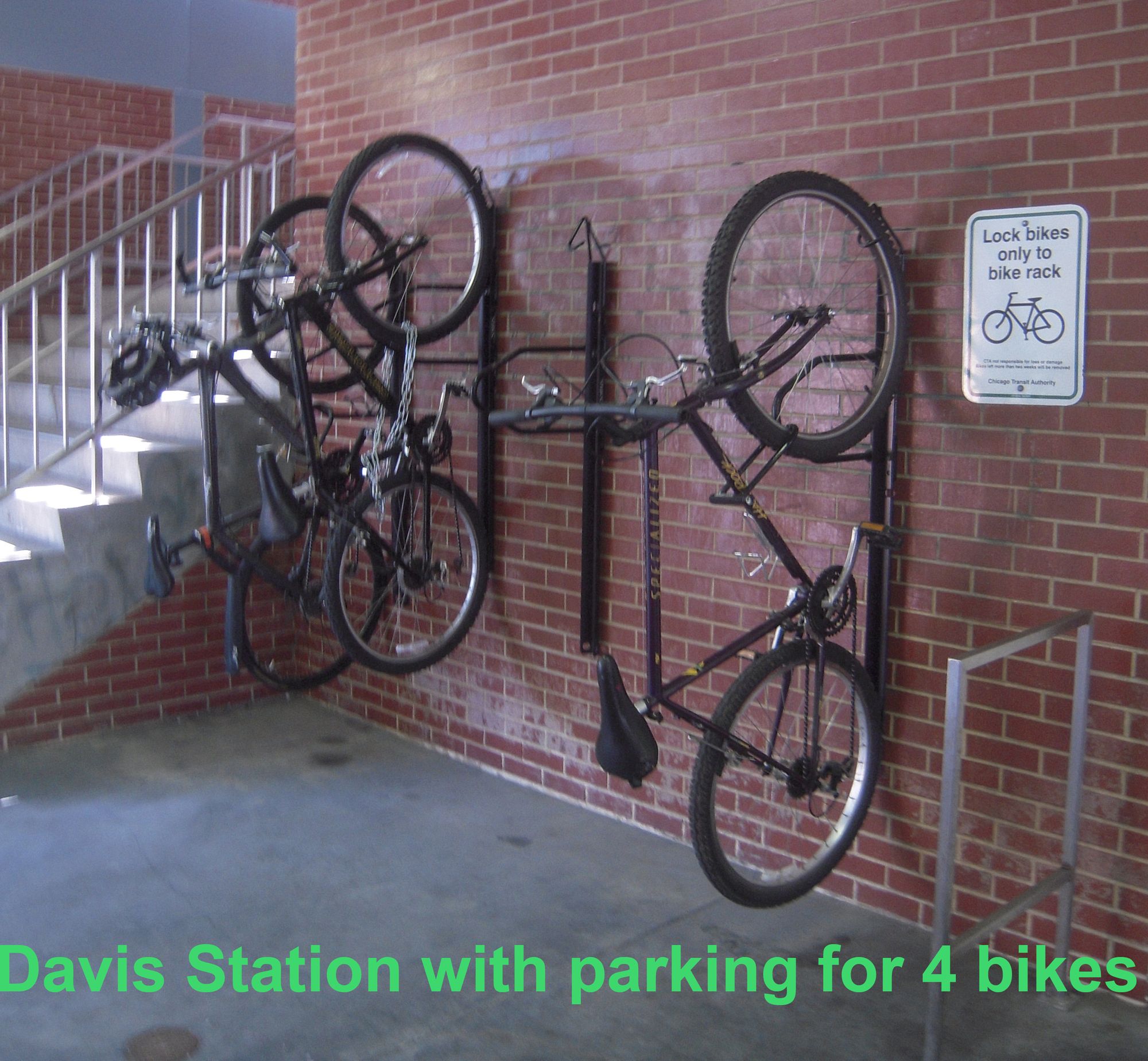
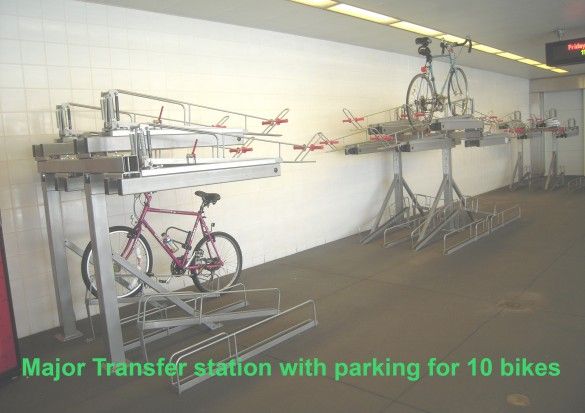
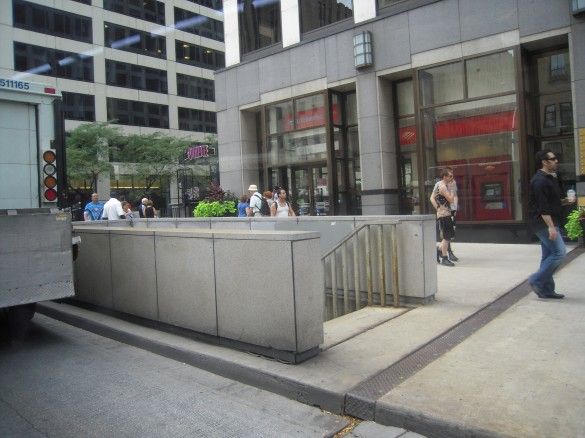

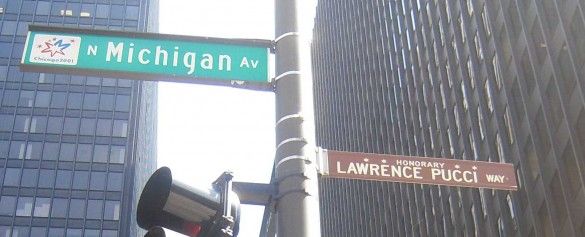
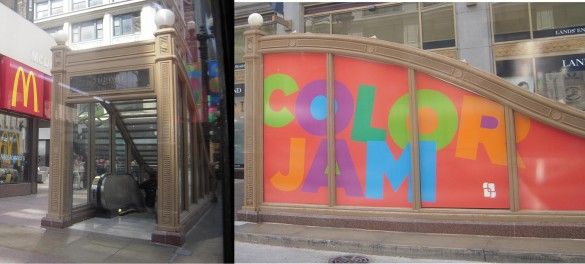
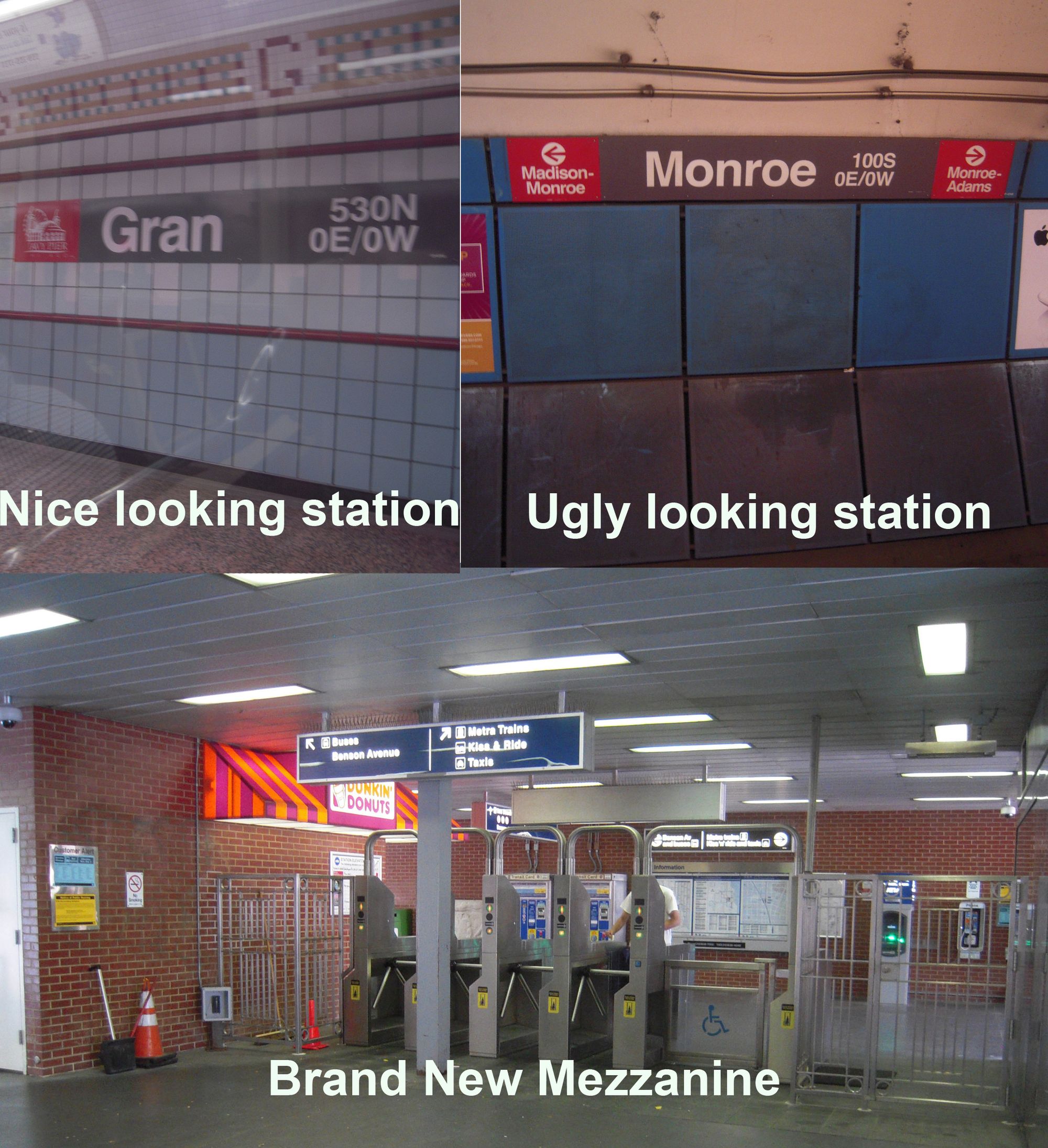
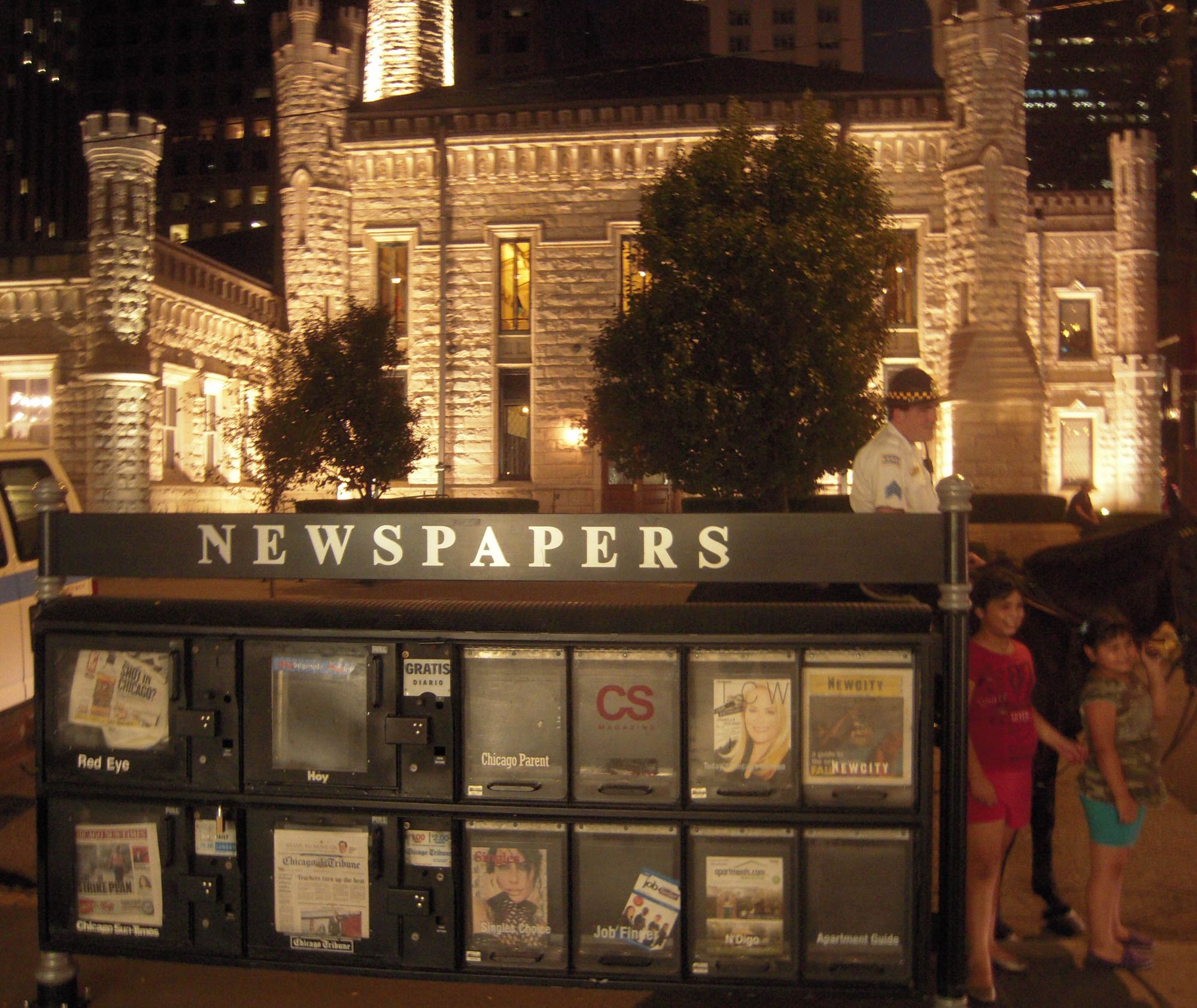
The trip took an hour and 10 minutes, although the posted schedule stated an hour and a half. The driver told me she could make the trip in 45 minutes, without traffic, but I do not see how. We must have averaged 30 MPH, stopping only about once every mile through Chicago’s suburbs.
The schedules showed that the bus I needed (#250) operates every 30 minutes. Since the signage left much to be desired, seeing the schedules in disarray, and being the only one waiting, I was worried that the bus would not arrive at all. At first I thought that it was an awful lot of routes to stop at that one stop (Routes 250-330), but then I realized that the dash meant “and” not “through.”
It was getting close to the 3:18 p.m. schedule time and there was no sign of a bus or other intending passengers. Finally, at precisely 3:18 p.m., a bus arrived, discharging three passengers, picking me up, and leaving immediately. “What — no layover,” I wondered. No other passengers boarded until we left the airport. The bus never really did fill up even after some school students boarded. I guess that’s why it operated only every 30 minutes.
A City Behind The Times
In some respects, New York City seemed way ahead of Chicago, when comparing the capacity and service coverage of our subway system to theirs. Some stations had ancient fare controls.
Check out that exit gate and wooden platform so common on many El stations. I even saw one elevated station with a bus shelter as its only weather protection.
A City Friendly To All Forms Of Transportation
However, in other respects, Chicago seemed way ahead of New York, by embracing all forms of transportation. For example Chicago is very bike friendly. All buses I saw had bicycle racks.
Many elevated stations had indoor bicycle parking. One major transfer hub had a virtual bicycle-parking garage.
Bike lane share signs were all over, yet I only saw one lane reserved specifically for bicycles and that was in Evanston just outside of Chicago.
One non-handicapped accessible subway station had a ramp along the wall of the stairway just wide enough for a bicycle tire to accommodate wheeling a bicycle up and down — an ingenious and low cost solution to making subway stations more accessible to bicycles.
Chicago does not believe in making travel difficult for motorists in order to help cyclists. On Michigan Avenue, comparable to New York’s Fifth Avenue, but wider, there were entrances from the sidewalk and street to a public parking garage built below the street. I don’t know what the garage charged, but I imagine it was hefty, judging from the parking rates at one of the beach parking lots — $22 for more than four hours.
My Opinion Of Chicago’s Transit’s System
I felt as if I went through a time warp, seeing all the wooden elevated platforms, although many were first now undergoing a transition to concrete, something New York did more than 30 years ago. On some elevated stations I saw newly replaced wooden platforms… yet we can’t have a wooden boardwalk. The CTA does not believe that one solution fits all situations. Their rationale must be why upgrade platforms and fare controls at lightly utilized stations?
The same was true on the bus fare boxes. Although New York decided to replace all its bus fare boxes when converting to MetroCard, and then replaced all 4,000 tops a second time when the MTA changed its mind from a card swipe to a card dip on the buses just before MetroCard was introduced, Chicago is more cost conscious. They merely added a small addition to existing fareboxes, which accepted coins and bills.
This, however, is a little confusing for new riders. Seeing three separate slots, I hesitated a moment trying to find which of the three was for cards. The driver pointed me to the slot on the right. So when I got on the next bus, I automatically inserted my card in the right side slot, which on that bus was for dollar bills. The driver angrily told me I needed the slot on the left. I asked why on some buses you inserted your card on the left and on others on the right, and another driver kindly explained that on older buses, it was on the right, but on newer ones, it was on the left. I figured when most riders used cash, it was decided to put the card slots out of the way, all the way to the right, but as more riders used cards, it made more sense to switch the placement of the card slots to make them more accessible. Guess the CTA figured it wasn’t worth the additional cost to replace all their fare boxes or to make them consistent.
However, that was my biggest complaint. Generally, I was impressed with Chicago’s system and the city itself. Yes, Chicago’s rapid transit does not operate between 1:00 and 4:00 a.m., except for only two lines that operate 24/7, and only about a half dozen bus routes operate 24 hours a day, but I can say the system took me wherever I needed to go, except for one instance when we ended up walking a mile to a store to buy a camera battery because we were told to get off at the wrong stop and no bus operated between the subway stop and the store. I rode on close to a dozen different bus routes and, other than the bus from the airport, I never waited more than 15 minutes for one. I only saw a single case of bus bunching in four days, although some routes are surprisingly long, probably exceeding two hours in length.
There are two versions of their subway map, a geographic portrayal of all rapid transit and bus routes, as well as a subway diagram. The subway diagram is used inside the subway cars. I thought of that for New York a long time ago. (Once you are in the subway car, all you need the map for is to double check which stop to transfer at or to alight the train. You do not plan your entire trip inside the subway car and do not need geographic accuracy there.) A complete geographic map is only necessary for the stations and for distribution, which is what Chicago does.
A Very Clean City
I was very impressed with the cleanliness of the city and the friendliness of the people. I didn’t see a speck of litter anywhere. Are Chicagoans that much different from New Yorkers or is it just that the city makes it easy to keep clean? There are big belly, trash compactor garbage cans all over Downtown Chicago, the same kind Sheepshead Bay wanted for Emmons Avenue, which Bloomberg said would break down. Where they did not exist, garbage receptacles were all enclosed, either with covers or small openings on tops — none of our open top wire baskets, which allow garbage to escape and blow everywhere.
My impression of Chicago’s cleanliness was not my imagination. Travel and Leisure magazine agreed. New York ranked as the dirtiest city and Chicago, the cleanest.
Other Nice Things About Chicago
Michigan Avenue was lined with gigantic flowerpots. When blocks were co-named for individuals, a smaller, different color sign was used, so as not to be confused with the real street names, something I also once suggested for New York.
There are no ugly newspaper boxes, but attractive kiosks instead. They also have attractive subway kiosks as well as an assortment of good and bad stations (Notice the “D” missing from Grand).
The Commute is a weekly feature highlighting news and information about the city’s mass transit system and transportation infrastructure. It is written by Allan Rosen, a Manhattan Beach resident and former Director of MTA/NYC Transit Bus Planning (1981).
Disclaimer: The above is an opinion column and may not represent the thoughts or position of Sheepshead Bites. Based upon their expertise in their respective fields, our columnists are responsible for fact-checking their own work, and their submissions are edited only for length, grammar and clarity. If you would like to submit an opinion piece or become a regularly featured contributor, please e-mail nberke [at] sheepsheadbites [dot] com.




